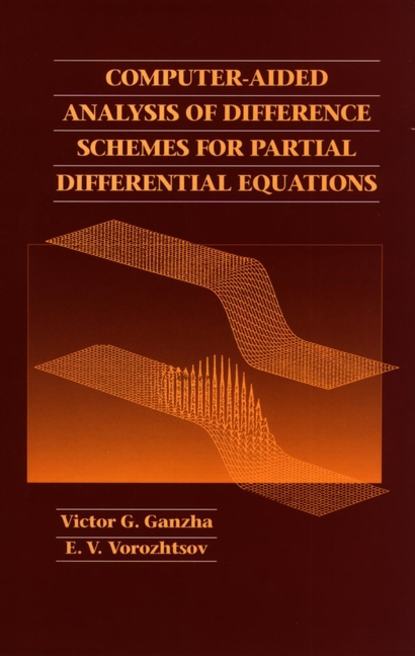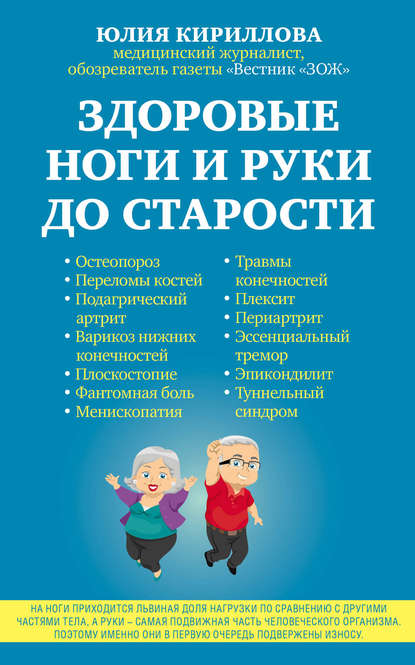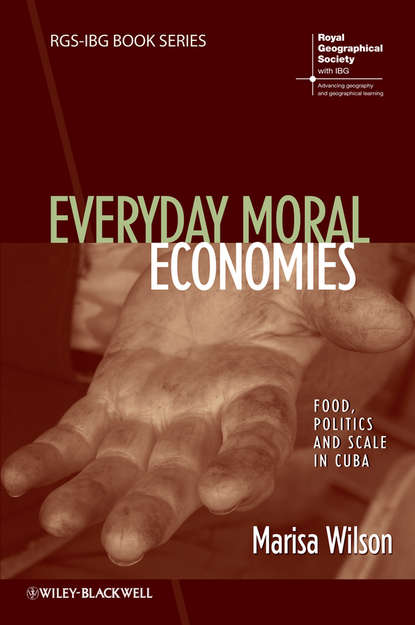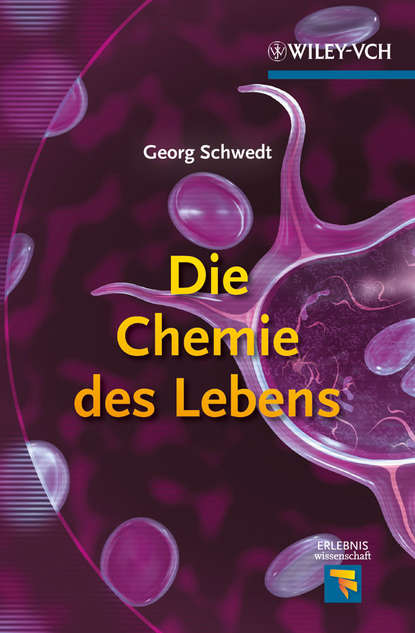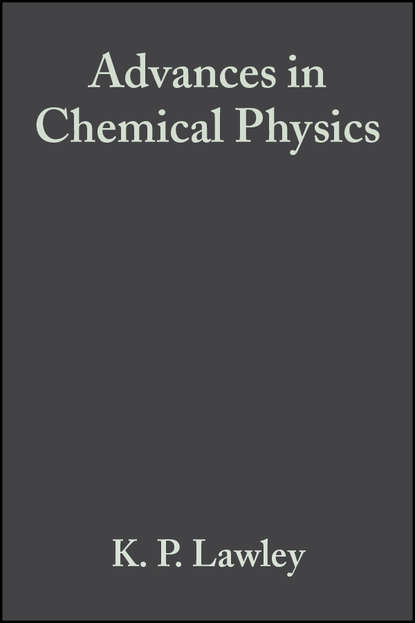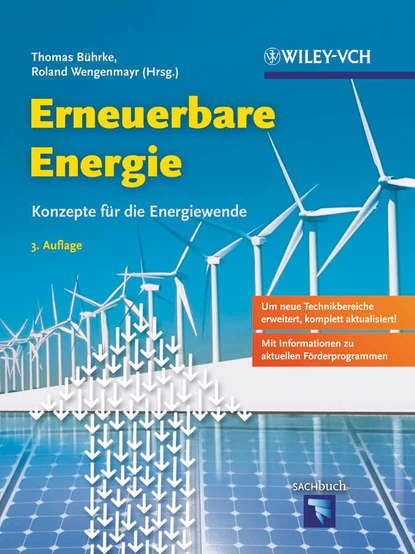Книга “Компьютерно-ассистированный анализ разностных схем для уравнений в частных производных” автора Виктора Ганжи Г. является исчерпывающим справочником по применению компьютерных алгебраических методов для анализа устойчивости широкого спектра разностных схем. В частности, она посвящена схемам, используемым для решения сложных физических задач, таких как газовая динамика, тепло- и массообмен, теория катастроф, теория упругости, теория мелкой воды и другие. Книга знакомит с новыми приложениями, методами и концепциями и показывает, как компьютерная алгебра ускоряет процесс анализа устойчивости.
Эта книга, написанная Виктором Ганжой, исследует применение компьютерных методов для анализа разницы методов решения различных математических задач. Она разработана для использования с современными компьютерными программами, используемыми в компьютерной алгебре и анализе, и представляет собой богатый и доступный ресурс, содержащий множество приложений для различных методик разрешения сложных физических проблем из областей газовой динамики, тепло- и массопереноса, теории катания катастроф, эластичности, теории мелкой воды и многих других. В книге представлены новые методы и концепции, а также показаны ход применения компьютерных программ к анализу стабильности методами, использованными в работах исследователей стабильности, охватываются десять различных подходов к каждой технологии анализа стабильности.
Электронная Книга «Computer-Aided Analysis of Difference Schemes for Partial Differential Equations» написана автором Victor Ganzha G. в году.
Минимальный возраст читателя: 0
Язык: Английский
ISBN: 9781118030851
Описание книги от Victor Ganzha G.
Advances in computer technology have conveniently coincided with trends in numerical analysis toward increased complexity of computational algorithms based on finite difference methods. It is no longer feasible to perform stability investigation of these methods manually–and no longer necessary. As this book shows, modern computer algebra tools can be combined with methods from numerical analysis to generate programs that will do the job automatically. Comprehensive, timely, and accessible–this is the definitive reference on the application of computerized symbolic manipulations for analyzing the stability of a wide range of difference schemes. In particular, it deals with those schemes that are used to solve complex physical problems in areas such as gas dynamics, heat and mass transfer, catastrophe theory, elasticity, shallow water theory, and more. Introducing many new applications, methods, and concepts, Computer-Aided Analysis of Difference Schemes for Partial Differential Equations * Shows how computational algebra expedites the task of stability analysis–whatever the approach to stability investigation * Covers ten different approaches for each stability method * Deals with the specific characteristics of each method and its application to problems commonly encountered by numerical modelers * Describes all basic mathematical formulas that are necessary to implement each algorithm * Provides each formula in several global algebraic symbolic languages, such as MAPLE, MATHEMATICA, and REDUCE * Includes numerous illustrations and thought-provoking examples throughout the text For mathematicians, physicists, and engineers, as well as for postgraduate students, and for anyone involved with numeric solutions for real-world physical problems, this book provides a valuable resource, a helpful guide, and a head start on developments for the twenty-first century.
